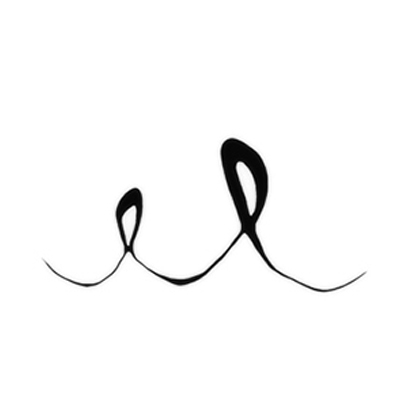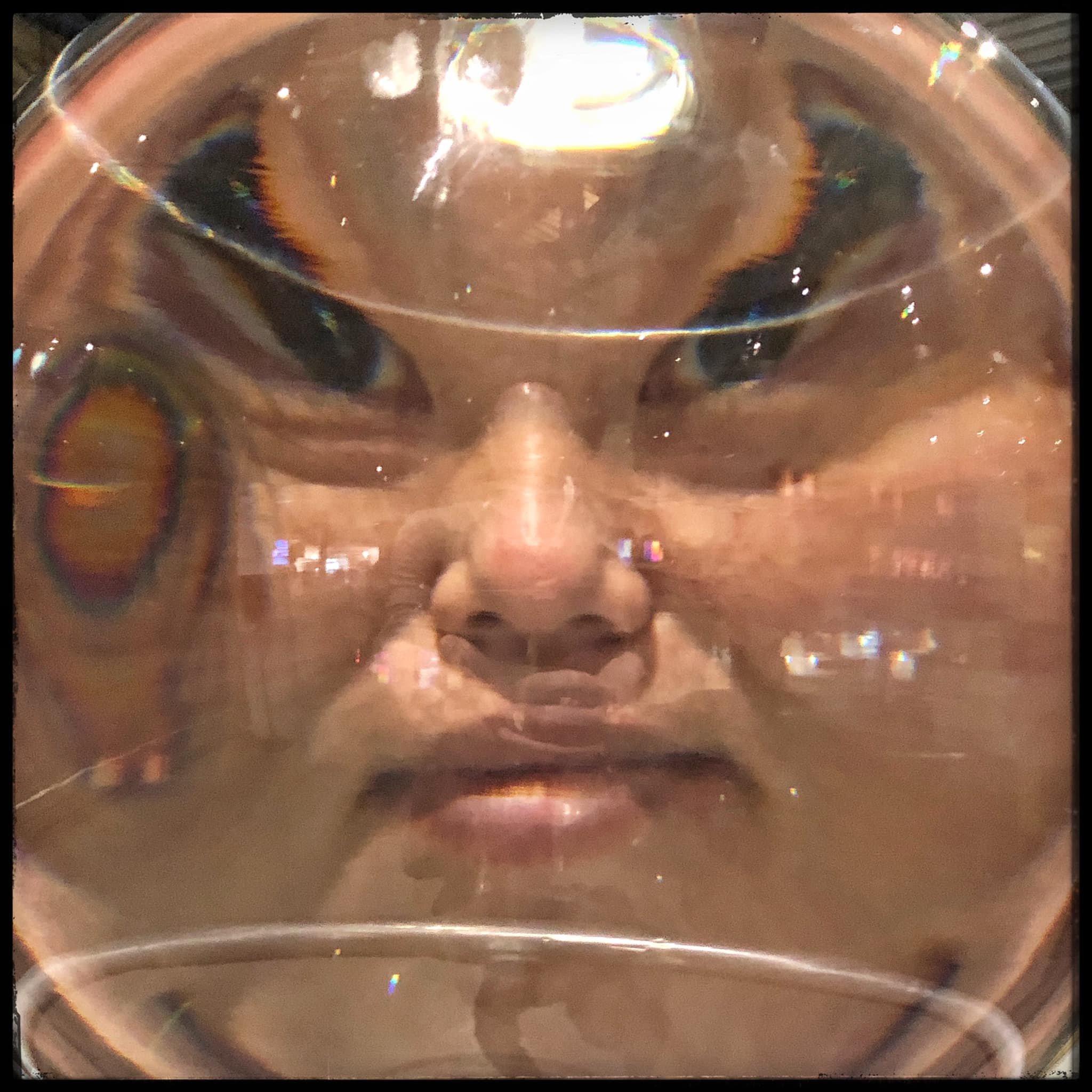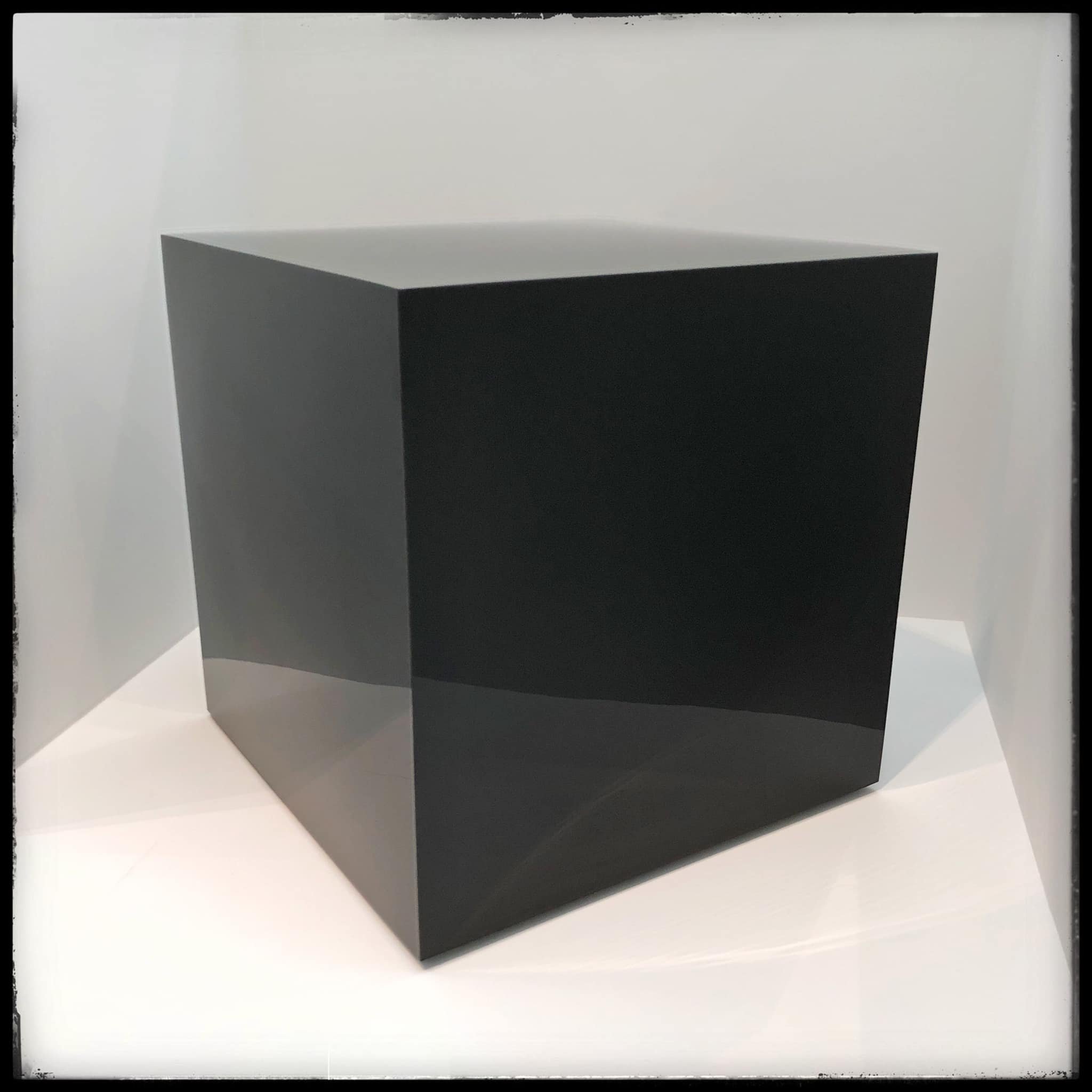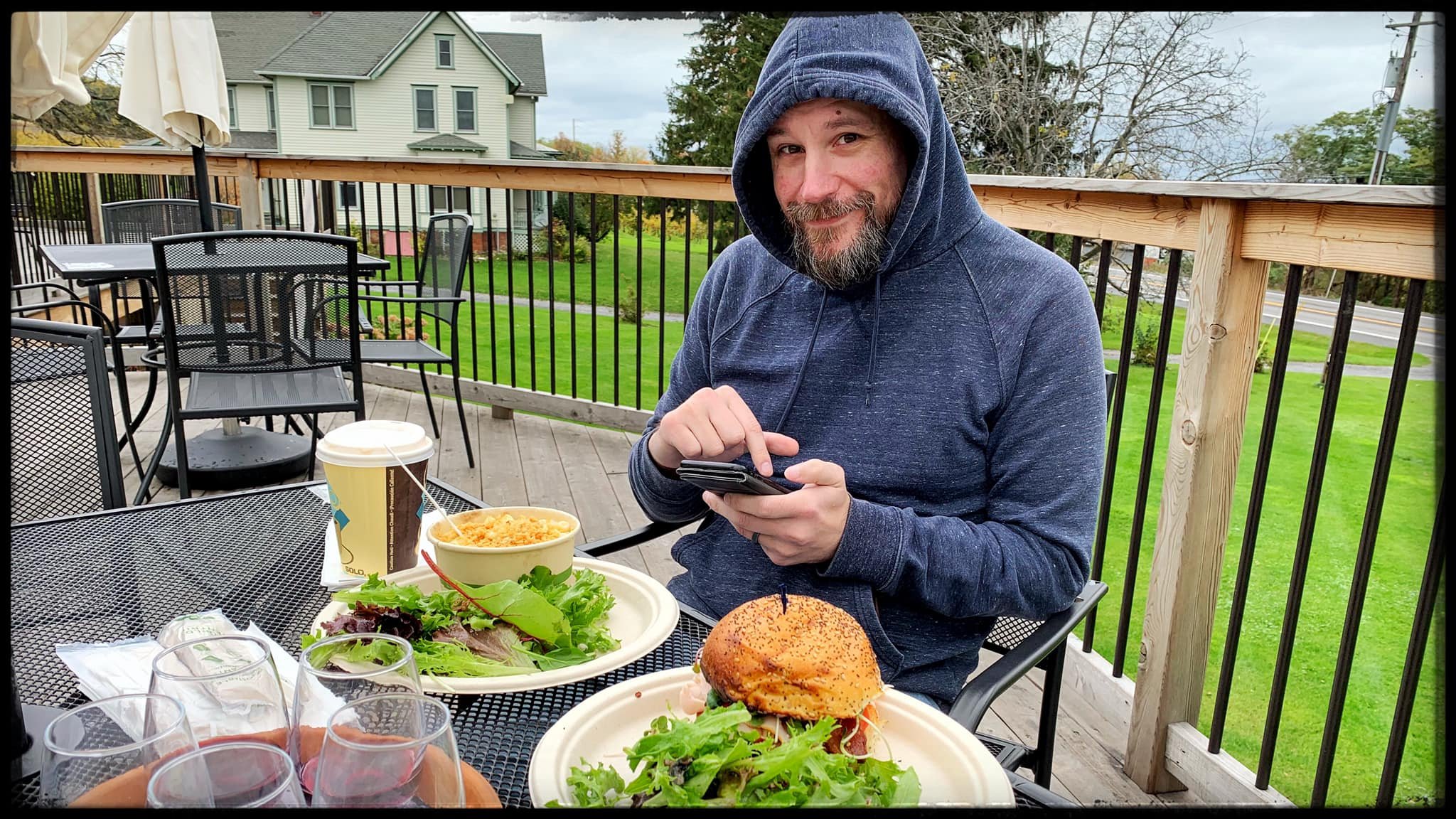This is a 14x18” self-portrait and will be available soon.
"Twin" showing in 'Area 51' Exhibit @ Lovetts Gallery, OK (USA) -- now available for pre-purchase
My first charcoal piece of 2022 is an 8x8” titled “Twin” pictured here. It will be showing as part of the ‘Area 51’ exhibit at Lovetts Art Gallery, OK (USA) in late October. If you’re interested in purchasing the piece please contact the gallery here: https://www.lovettsgallery.com/
"41" selected for the Derwent Art Prize 2022 exhibition in London at Gallery@OXO
It’s been a rough few months, so it was a nice bit of news this week to learn that my piece “41” was one of 72 drawings selected from over 6000 entries for the Derwent Art Prize 2022 exhibition in London. Getting it packed up and ready to go this weekend, and if you happen to be in London, the show is from February 24 - March 6 (2022). The piece will be available to purchase at that time. I’m not sure how purchase reservations work, but those who’ve expressed interest in placing a hold on the piece can write to info@parkerharris.co.uk or contact the gallery directly through their website to inquire: https://southbanklondon.com/attractions/galleryoxo
Picture of "41" prior to framing
Some candid pics
My wife and I had a chance to visit the Corning Museum of Glass in upstate NY, as well as a couple of wineries.
Noise I
I used to sit in the basement as a kid with my dad's hybrid turntable/cassette-deck/radio, and just play with the tuning knob, exploring the incredible swaths of alien static that occupied the space between coherent frequencies. Which tells you most of what you need to know about me, tbh.
AM static was always the more interesting, at least in that context. It crackled and spat. It felt more aggressive and strange. And the broadcasts you *did* synchronize with were invariably a bit weirder on the whole as well, even if most of it was preachers and baseball games.
FM static was much softer and smoother, more uniform. Just a white mist. Which was interesting in its way. But FM was much more heavily populated with actual content, needless to say, which generally wasn't very interesting.
Anyway I've been teaching myself some coding so as to play with mathematical noise. I think a part of the enchantment of noise is how closely it models our experience with reality. Squint for a while at this diffusion loop I wrote up last night, and it might as well be the shimmering water of a lake, or the sky viewed through a mesh of wind-tussled trees.
I've sped it to 3x speed so it doesn't take forever to progress. But I left it running all night at a higher resolution and after a time, like a gas decompressing into an empty space, it just becomes uniform static, until a new variable or relationship is introduced into the algorithm.
"Sorceress" Compilation
https://www.edwardewald.com/sorceress
Edward Ewald . Sorceress
(Selected Tracks, 1996-2020)
In 1996, when I was 17, I began fiddling around with a Radio Shack 4-channel mixer, a boombox stereo, a Sony dual cassette deck, a microphone, and a cheap Yamaha keyboard. I had no idea what I was doing and no real musical ability, but I was getting into experimental and electronic music of various kinds, and the desire to do something creative with sound was absolutely overwhelming. So I patched together the little equipment I had on a large table in my family's basement, and set to making a variety of music and noise. The first real "track" I recorded (retroactively titled "FM/AM" and appearing as track #47 on this comp) was basically just a meditative blend of FM and AM radio noise I'd taped, layered with some gentle keyboard drones. I received some positive feedback on the effort from a friend who was into ambient music, and I pressed on with more ambition.
By '97 I was listening to a lot of Aphex Twin and Squarepusher, and I wanted to make something with the rapid, chaotic percussion they tended to employ. I had no idea how to use computers to make music yet, no drum machine, no FX machines -- nothing that would be of any real use to emulating their style of music. So I improvised by simply recording very, very slowly played layers of percussion, and layering them atop each other (via cassette) piece by piece, with layers of melody woven in every other pass or so. I liked things to sound a bit strange, so I did a lot of ... creative EQ-ing, let's say ... and when I felt I had enough, I would dub the resulting, intentionally super-slow mix from one cassette to another at double-speed on the dual cassette deck, while recording the output to a third cassette. This double-speed recording would either become the final mix, or a pre-final mix that I would then mix together with another layer or two of non-sped-up material.
The results were certainly not what I would call objectively good -- I wasn't even using a metronome, and I have a terrible sense of rhythm -- but they were certainly interesting, and I still enjoy some of these wonky little homespun efforts to this day. There is a 2x album on Bandcamp called "Mother's Basement," somewhere, and that is the most comprehensive collection of this specific early period of music-making that I have organized. But a few tracks from that initial era appear here also -- primarily "Falcons" (track 33), and "The Mack" (track 24). "Pac-Man," "Energy Theme," "My Ghetto Bitch, Yo," "Bryan Was a Warm Sun," and of course "FM/AM" are also from this same general very early period. ("Keyboard Music Demo Track 1," while created much later, was also recorded using the same lo-fi, cassette-based mixing method I'd used in '96, as well as the same keyboard -- it was part of a nostalgic attempt to revisit that early process).
In 1998 I'd finally transition to making music on a computer, using a very cheap off-brand DAW called Digital Orchestrator. It crashed often, my grasp of MIDI and mixing principles were poor, and it was years before I realized something as simple as the fact that I could set the sample rate to something higher than 22,500. Many tracks from this era are rather tedious; some have been lost, some I keep ambivalently shelved; but, there are nevertheless more than a few tracks from this era that I still enjoy, too. Of this compilation, tracks from that period would include "Nighthawk," "Leap Frog," "Gloomy Firecracker," "In the Beginning," "Ghost of Memory," "Ghost of Hydrogen," and a personal favorite, "Your Heart is Also Here," which for me subjectively captures the emotional atmosphere of my early twenties in a very personal way. The rest of the tracks range from the mid-aughts all the way up to 2019. I think the most recent track in this compilation is probably "Water Spirit (2nd movement)" from an abandoned ambient EP I was working on a little in 2019. The songs featuring the slightly sped-up/pitch-shifted vocals -- "Princess," "Bill & Sue," "Phantoms," "Pitchforks" and "Magic Trick" -- were supposed to be tracks for a demo album I was putting together called "Suicide Songs," sometime around 2015. "Shortcuts," "Like Magic," "Slice of Night," and the partial "Lady in Red" cover are also from this general period. I know I have a lousy singing voice -- for some reason speeding it up makes it slightly more palatable for me. It gives me permission to not take it very seriously, I suppose, and I've always just enjoyed the slightly weird effect of it (cf. the much, much older "Bryan Was a Warm Sun," which was made with a microcassette recorder microphone only).
Anyway -- recently I set to organizing and revisiting some of my large, disheveled archive, and managed to compile 235 tracks. This was by no means an exhaustive count, just the ones I was able to easily identify and catalog with the time I had. Of those 235, I've winnowed it down to a selection of 50 for the purposes of this 3 hour compilation.
EE
2020












